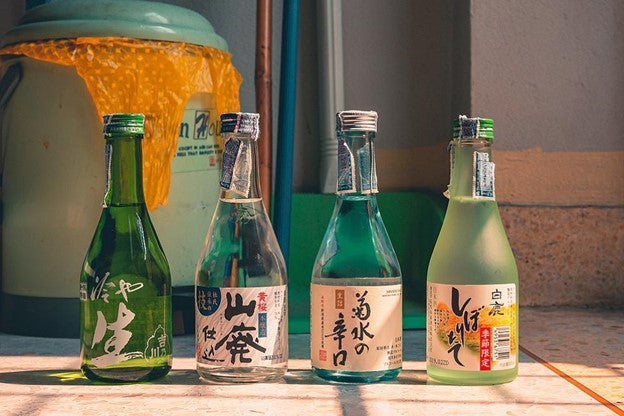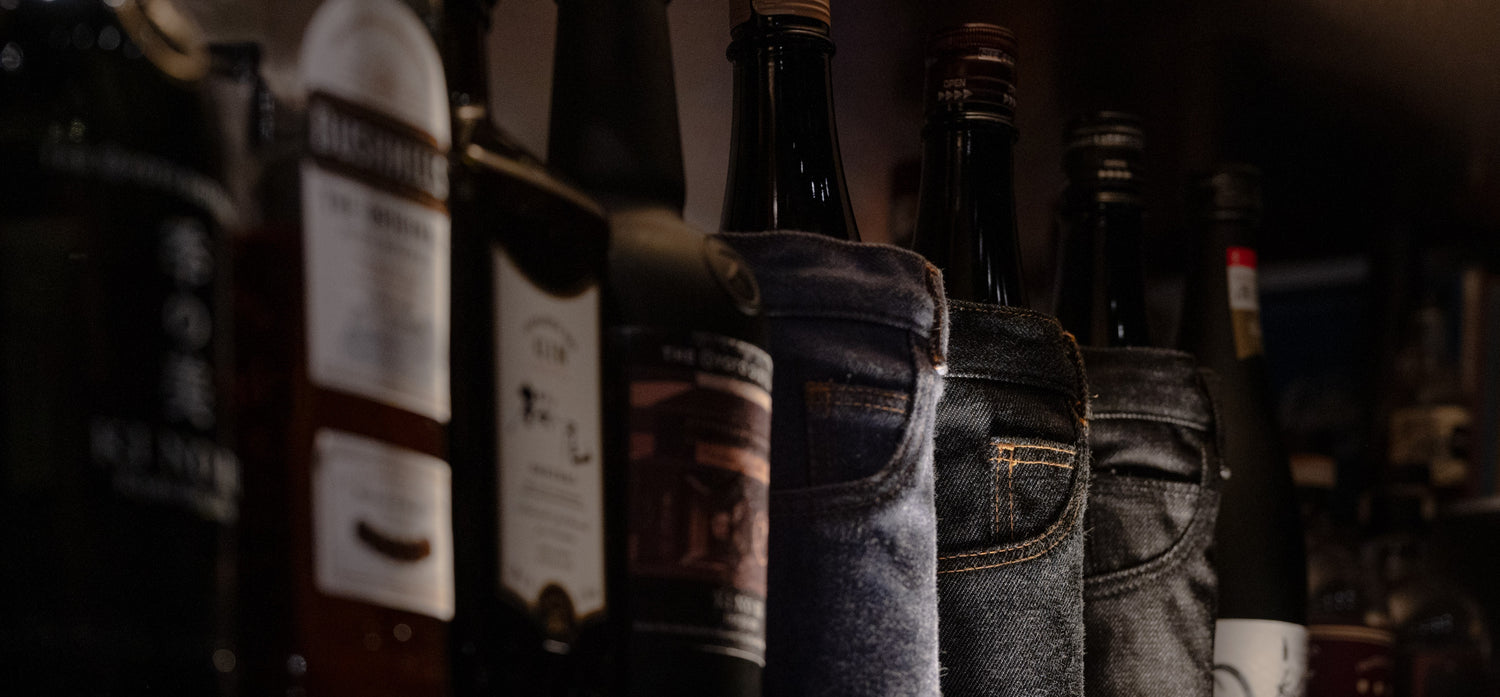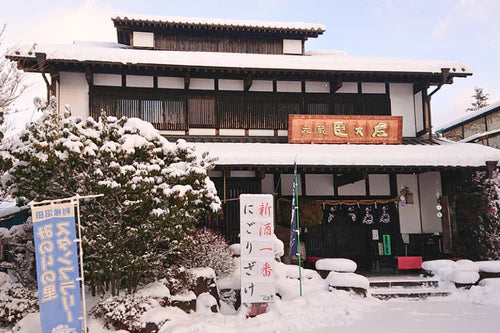“It was good sake, but I couldn't finish it.”
“How long does Sake keep for?"
Sake has a "date of manufacture" written on it, but there is no "best-before date" on it.Therefore, if too much time has passed, you may wonder if it is safe to drink.
In this article, I will talk about the expiration date and storage methods for leftover sake.

Sake has no expiration date
Earlier, I mentioned that sake does not have an expiration date, however, there are two conditions that must be met.
- It must be unopened
- It must be properly stored
It must be unopened
Most sake, once it is openedit will oxidize and lose its flavor.
If you have leftover sake, we recommend that you store it well and drink it before the taste changes.
The following is the generally accepted "period for drinking well.
Honjozo and Regular sake: Approximately one year from the date of manufacture.
Ginjo-shu(吟醸酒), Junmai-shu(純米酒), Nama Chozo shu(生貯蔵酒): About 10 months from the date of manufacture.
Nama-Zake(生酒): Approximately 8 months from the date of manufacture.
However, In a similar way to wine, sake is also a type of alcoholic beverage that allows you to enjoy the changes in flavor after the bottle has been opened.
It must be properly stored
If not stored properly, sake can lose its flavor balance even within its expiration date.
To store sake stably, it is absolutely necessary to avoid brightly lit places and places with high temperatures or extreme temperature fluctuations.
Sake preservation methods are explained in more detail in the following sections.
In addition, sake that has undergone the process known as ‘Hi-ire’ (火入れ) during the sake production process is said to have a stable body and will last longer.
The role of ‘Hi-ire’ (火入れ)
Hi-ire refers to the "heat treatment of sake" and involves soaking the sake in hot water at a temperature of 60-65°C for about 30 minutes, rather than placing it over direct heat.
Sake is a drink that is fermented to obtain alcohol, so heat treatment stops fermentation and stabilizes the taste of the sake.
Hi-ire sake is heat-treated once or twice between the start of production and shipment.
Sake that has been properly processed and stabilized can be stored for a long time.
Sake that has not undergone the hiire process is called Nama-Zake.
Nama-Zake is very delicate and can easily change its taste because it has not been heat-treated, so enzymes and microorganisms remain in the bottle.
The best way to drink it is to drink it while it is still fresh, without storing it.
No indication of pasteurization?
So how can you tell if your sake has been heated twice or no
As there is no obligation to list Hi-ire status on sake labels, it may or may not be listed, depending on the brewery's label.
Since hi-ire is a basic process for sake, if there is no mention of it, it is natural to assume that it has been done.
If it has not been done, instead of the direct expression "hi-ire," it is usually possible to tell from the subtitle on the sake, such as "Nama-Zake" introduced earlier, whether or not the sake has undergone Hi-ire.
Sake that has been omitted from the hi-ire process and has a freshness theme will have the following subtitle for reference.
Nama chozou shu: Sake that has not been through hiire before storage but has been heated once before shipping.
Nama dume shu: Sake that is heated only before storage, but not before shipping.
Namazake: sake that has never been pasteurized.

Why is there no expiration date given for sake?
Sake is not required to list an expiration date.
In addition, the revision of the Sake Brewing Law in January 2023 changed the indication of the manufacturing date from a "required-entry" to an "optional entry”.
The manufacturing date is not "when the sake was made" but rather "when the sake was bottled”.
So why is there no obligation to list an expiration date for sake?
The reason is that sake does not have a definite expiration date.
This is because sake contains a relatively high alcohol content, which means that it is unlikely to spoil due to the alcohol's sterilizing effect.
Even if several years to several decades have passed since its production, the taste may change, but it will not spoil and cause harm to the body.
This is why there is no expiration date listed.
Not only sake, but similarly, shochu, wine, whiskey, and other alcoholic beverages do not have an expiration date listed.
How to Store Leftover Sake

When storing opened sake, please be careful of the following
- Store in a cool place or refrigerator
- Out of direct light
- Keep the bottle upright]
Store in a refrigerator
To prevent bacterial growth and oxidation, store unfinished sake in the refrigerator.If possible, it is even more ideal to vacuum the sake with a vacuvin or similar device.Vacuvin is originally designed as a wine saver, but some can handle sake bottles as well.
If you have one on hand, give it a try.
Block out the light
Sake is a UV-sensitive drink.
Direct sunlight as well as indoor lighting can change the taste and aroma due to the effects of UV rays. Even if it is kept in a refrigerator, it is best to store it in a box or wrapped in newspaper or paper, since light will enter it every time the door is opened.
Put it in an upright position
Always store sake bottles upright.
Sake should always be stored with the bottle in an upright position.
Some wines are intentionally stored lying down, so it is tempting to do the same with sake.
However, sake should be stored upright both before and after opening the bottle.
Summary
This article explained the expiration date of sake and how to store leftovers.
In general, sake is best consumed earlier, before it has been stored for a long period. We hope you are all able to take the time to enjoy some delicious sake!





